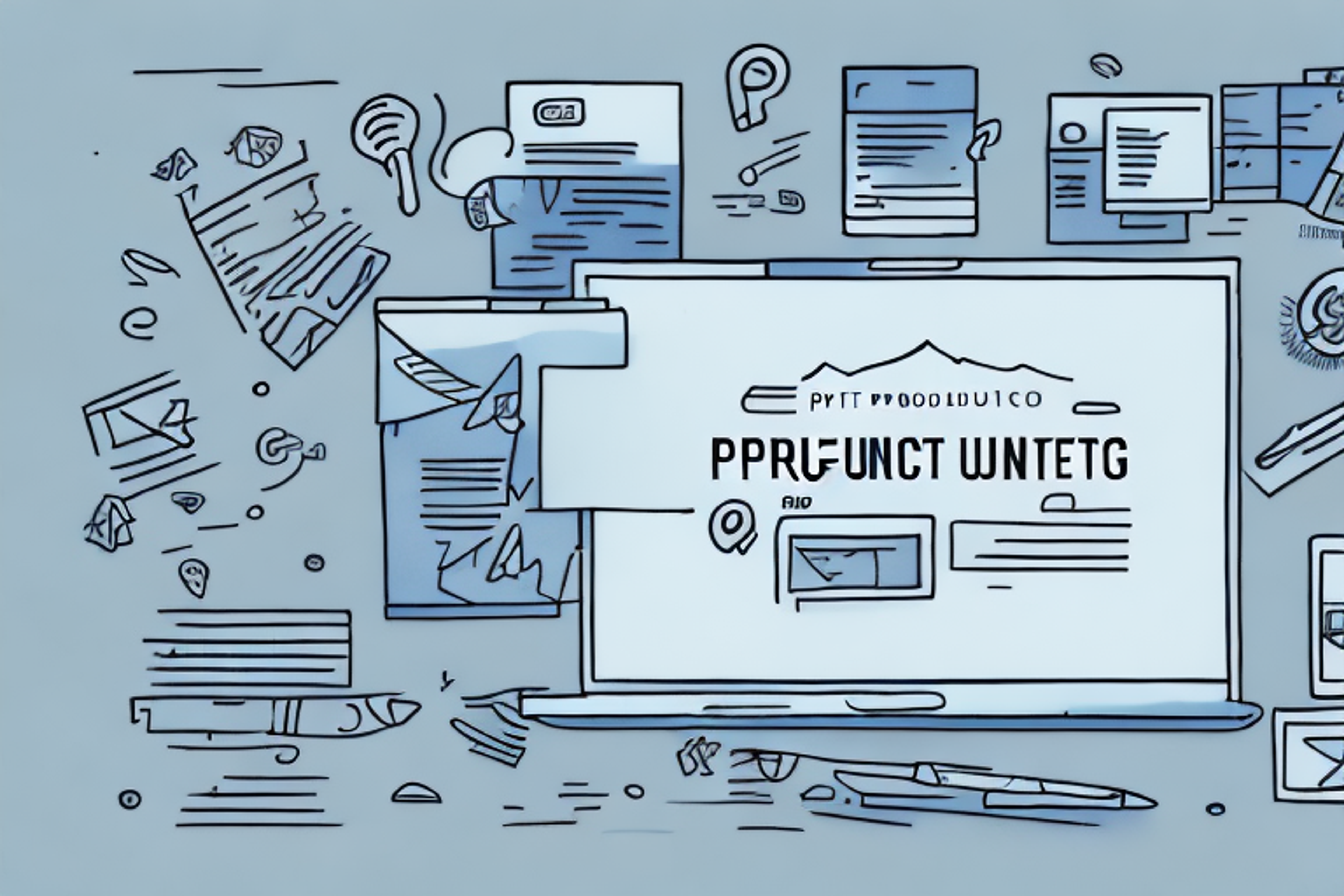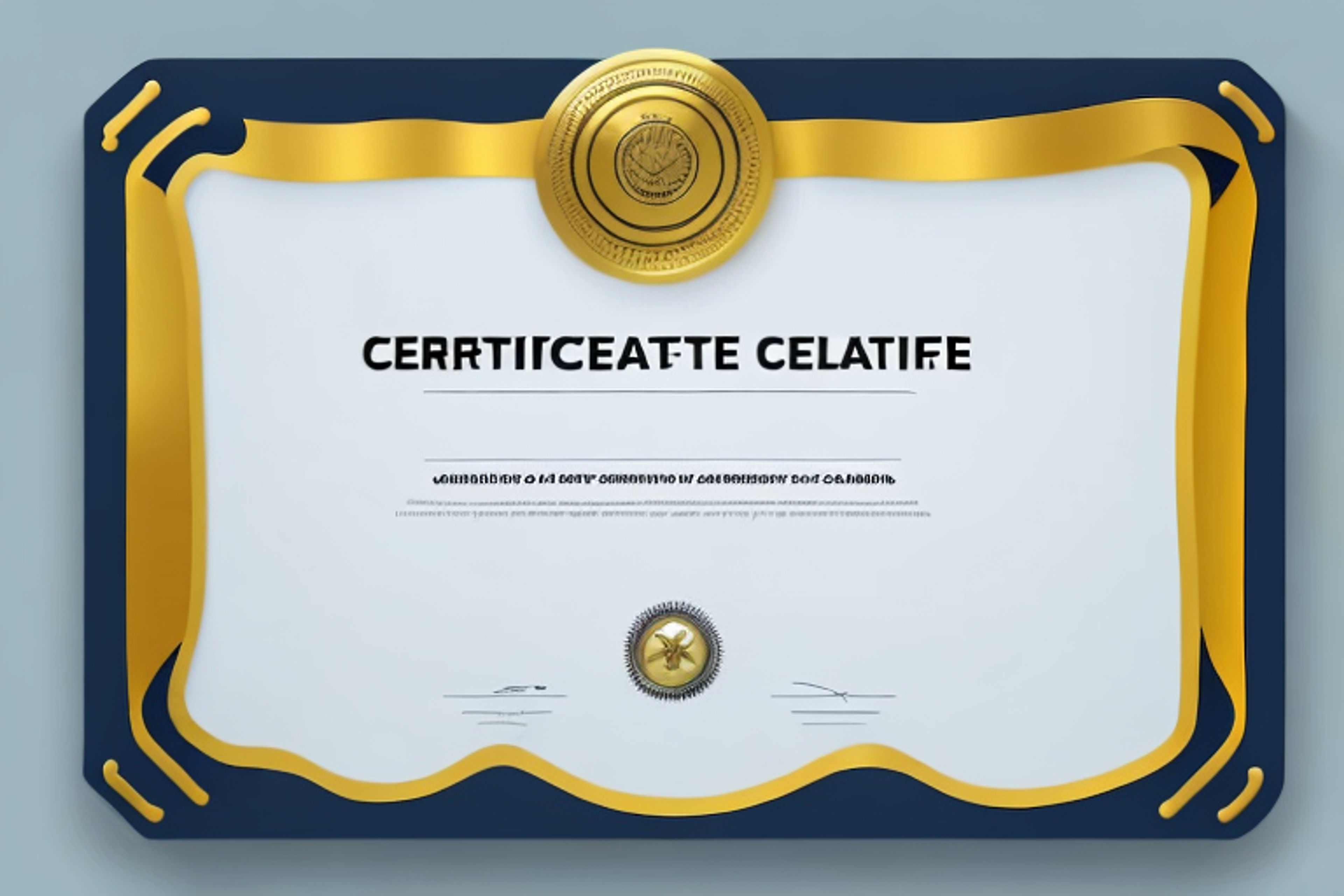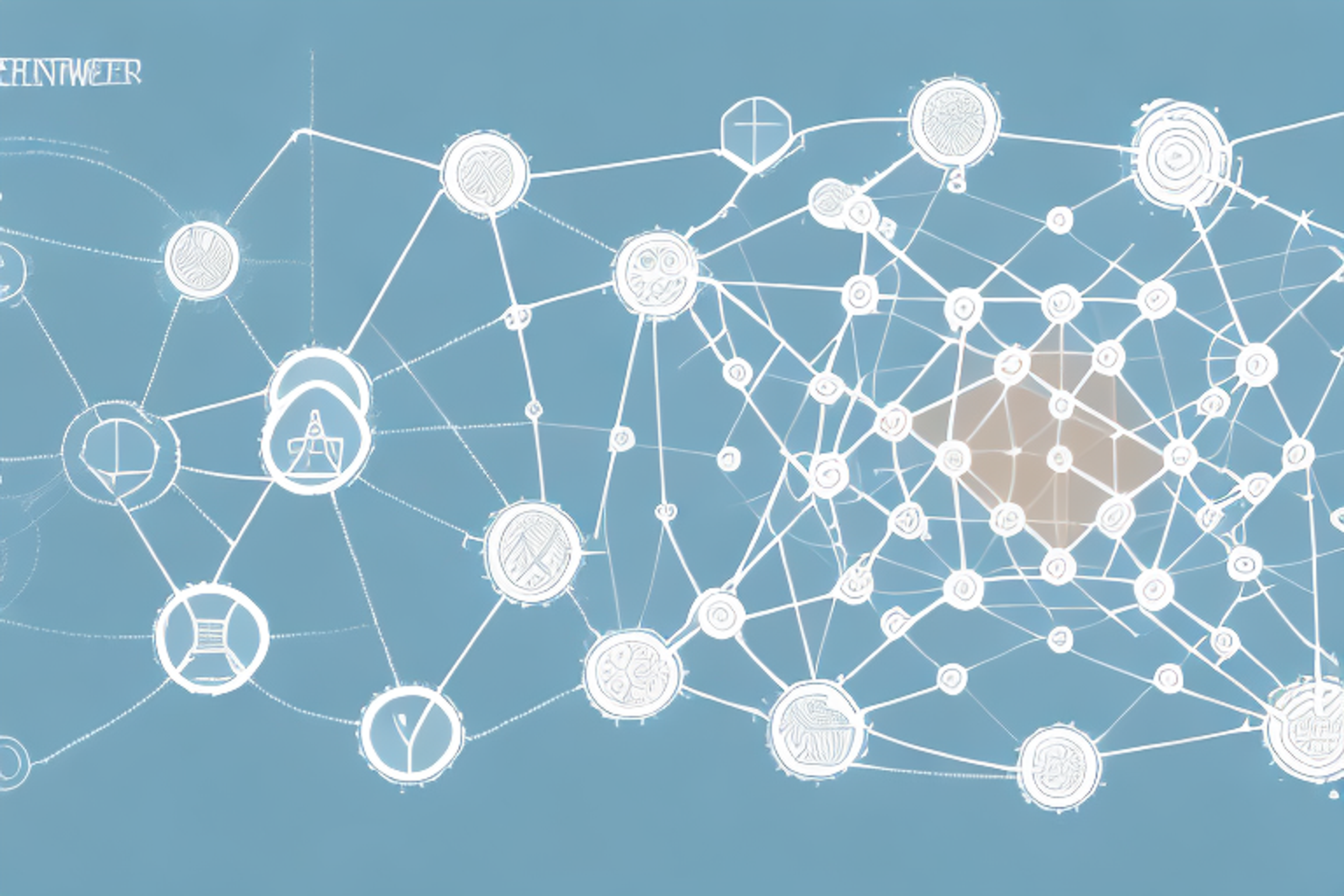Customer Journey Maps: A Comprehensive Guide to Understanding and Using Them
Discover the power of customer journey maps with our comprehensive guide.
Posted May 15, 2023

Table of Contents
If you are running a business, it is essential to understand and improve the customer journey to achieve success. Customer Journey Maps (CJMs) allow you to visualize the customer experience from their initial contact with your brand to becoming a loyal customer. In this comprehensive guide, we will explore what a Customer Journey Map is, why it's important, and how to create one to improve your business's overall performance.
What is a Customer Journey Map and Why is it Important?
A Customer Journey Map is a visual representation of the entire customer journey that outlines the steps a customer takes to interact with your brand. CJMs help you identify opportunities where you can improve customer experience and boost sales.
The importance of CJMs cannot be overstated as they help you understand your customer better. By identifying pain points and opportunities to improve your customer experience, you can create customized solutions and tailor your marketing messages to each customer segment.
Additionally, CJMs can also help you identify gaps in your customer journey. By mapping out the entire journey, you may discover areas where customers drop off or lose interest. This information can be used to make necessary changes and improvements to your customer journey, ultimately leading to increased customer satisfaction and loyalty.
How to Create a Customer Journey Map
The first step in creating a CJM is to define your target customer. By understanding the demographics and psychographics of your ideal customer, you can create a more accurate and effective map.
The next step is to create a timeline of your customer's journey. It is essential to start from the customer's first touchpoint with your brand and track every interaction they have with your company, including visits to your website, phone calls, social media interactions, and so on.
Once you have completed the timeline, identify key customer touchpoints. These touchpoints may vary depending on the customer journey stage, but they are typically critical moments in the customer's experience. Identifying and analyzing these touchpoints will help you understand your customer's journey more closely.
Finally, create a visual representation of the customer journey, including touchpoints and pain points. This representation should be easy to understand and communicate with your team.
It is important to note that customer journey maps are not static and should be updated regularly. As your business evolves and your customers' needs change, so will their journey. By regularly updating your CJM, you can ensure that your team is always aligned with your customers' needs and expectations.
Another crucial aspect of creating a customer journey map is involving your team in the process. By including representatives from different departments, such as marketing, sales, and customer service, you can gain a more comprehensive understanding of your customers' journey and identify areas for improvement.
The Benefits of Using Customer Journey Maps for Your Business
The benefits of using CJMs are numerous. By understanding your customer's journey, you can:
- Identify areas needing improvement
- Create a personalized customer experience
- Improve customer loyalty
- Increase sales and revenue
- Develop targeted marketing messages
CJMs help you understand your customer better, which can help you overcome customer service challenges effectively. Improving the customer experience will help you retain customers and reduce the number of customer complaints.
Another benefit of using CJMs is that they can help you identify new opportunities for growth. By analyzing the customer journey, you may discover areas where you can expand your product or service offerings to better meet the needs of your customers.
Additionally, CJMs can help you prioritize your business initiatives. By understanding which touchpoints in the customer journey are most important to your customers, you can focus your resources on improving those areas first, rather than spreading your efforts too thin.
Examples of Successful Customer Journey Maps
The best way to understand how CJMs work is to look at successful maps. Some companies have used CJMs to improve their customer experience, resulting in additional revenue and increased customer satisfaction. One example of a successful CJM is that of Airbnb. Airbnb created a CJM that allowed them to focus on the entire customer journey, from initial interest to final booking. This map helped them create a more personalized experience for their target market, leading to increased sales and return customers.
Another example of a successful CJM is that of Starbucks. Starbucks used CJMs to identify pain points in their customer journey and improve their overall experience. By mapping out the customer journey, they were able to identify areas where customers were experiencing long wait times or confusion in the ordering process. They then implemented changes such as mobile ordering and redesigning store layouts to improve the overall experience for their customers. This resulted in increased customer satisfaction and loyalty.
Understanding Your Customer's Needs and Pain Points
To create an effective CJM, you must understand your customer's needs, concerns, and pain points. By analyzing customer feedback, you can identify areas where you need to improve or develop better solutions to address their needs effectively.
Surveying customers, examining customer feedback forums, and conducting interviews are some of the ways to understand the needs of your customers. By identifying customer pain points, you can create solutions that meet their needs and ensure a better customer experience.
Another way to understand your customer's needs is by analyzing their behavior. By tracking their interactions with your website or app, you can identify patterns and preferences that can inform your CJM. For example, if customers frequently abandon their shopping carts, it may indicate a need for a more streamlined checkout process or clearer product information.
It's also important to consider the context in which your customers are using your product or service. Understanding their goals and motivations can help you tailor your solutions to their specific needs. For instance, if your product is a fitness app, you may want to consider the different goals and fitness levels of your users and provide personalized workout plans.
Identifying Touchpoints and Channels in the Customer Journey
Touchpoints are any points in the customer journey where customers interact with your brand. To create an excellent CJM, you need to identify all the touchpoints customers could have with your business.
Channels refer to the devices customers can use to interact with your brand. It is essential to identify the different channels customers prefer to use and understand how they interact with your business.
Analyzing Data to Improve Your Customer Journey Map
Data analysis is critical to identifying areas for improvement in your CJM. You should examine metrics such as customer satisfaction, loyalty, average order value, and sales growth to determine where you need to optimize.
Monitoring the data regularly will help you make better decisions and understand how your customer experience influences business outcomes.
Tips for Collaborating with Teams to Create Effective Customer Journey Maps
Collaboration is essential for creating an effective CJM. You need to work with all stakeholders in your company to create a personalized customer experience.
Here are some tips for ensuring a successful collaboration:
- Assign a project team leader to manage the process
- Involve all stakeholders in the process
- Communicate with team members regularly
- Set clear goals and objectives for the project
- Use data and analytics to drive decision-making
Integrating Customer Feedback into Your Journey Map
Customer feedback is critical for any business that wants to optimize customer experience. By integrating feedback into your CJM, you can identify opportunities to improve customer satisfaction and create a better customer experience.
You can use customer feedback to:
- Identify pain points in the customer journey
- Create personalized experiences for customers
- Improve customer satisfaction
- Address customer concerns and needs
Incorporating Emotional Responses into Your Customer Journey Map
Customer emotions play a critical role in their purchase decisions. By understanding the emotional drivers behind customer reactions, you can create a personalized experience that appeals to their emotions.
Identifying the emotional responses of your customers requires an in-depth understanding of your target market. Data analysis, customer insights, and interviews can help you create a more personalized customer experience that appeals to their emotions.
Future-proofing Your Customer Journey Map for Changing Consumer Behavior
As consumer behavior changes, so must your CJM. To future-proof your map, you need to stay updated with market trends and customer needs.
Here are some tips to effective future-proofing:
- Stay updated on market trends and consumer behavior
- Regularly analyze data to identify areas for improvement
- Collaborate with different stakeholders to develop unique solutions
- Create a culture of continuous improvement
Common Mistakes to Avoid When Creating a Customer Journey Map
Creating a successful CJM requires attention to detail and a deep understanding of your customers' needs. Common mistakes to minimize include:
- Not conducting enough research on the customer journey
- Ignoring feedback from customers
- Not involving all stakeholders in the process
- Not regularly updating the CJM
- Not using data analysis to drive decision-making
Conclusion: How to Use Customer Journey Maps to Improve Your Business Strategy
Customer Journey Maps allow you to understand your customers' needs, pain points and identify opportunities to improve the customer experience. By creating a CJM, you can develop targeted marketing messages, increase customer loyalty and satisfaction, and boost your business's revenue.
Remember that creating an effective CJM requires collaboration, data analysis, and regular updating to ensure success. With the right approach, CJMs can help enhance your business strategy and set you apart from the competition.



















